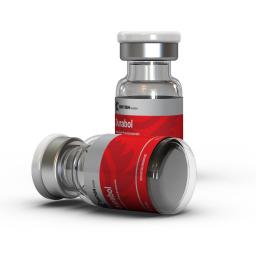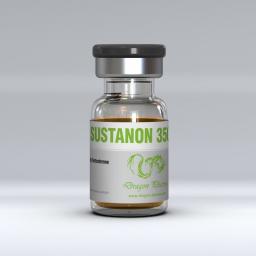The vulva is the part of the female body made up of the female genitalia. The vulva is made up of:
- The labia majora (the outer lips which are covered with pubic hair)
- The labia minora (inner lips which are hairless)
- The clitoris and its hood or covering which is at the front of the genital area
- The vestibule which surrounds the vaginal opening and the urethral opening
- The perineum which is the area of skin between the vagina and the anus
What is normal?
Because it is difficult for women to see their vulvas, many women do not know what their vulva looks like and/or what is normal for them. If you don’t know what your vulva looks like, it is a good idea to use a hand mirror to have a look. Once you are familiar with what is normal for you, it can be a lot easier to detect any changes in appearance such as changes in colour, bumps thickening of skin or dry, cracked skin.
Each woman’s vulva is unique in size and appearance including differences between the right and left labia. This variation from one woman to another is completely normal.
Vulvitis or vulval irritation
Some of the reasons for vulval irritation include:
- Sweating or vaginal secretions
- Skin conditions such as dermatitis, eczema, lichen sclerosus
- Allergies to substances such as:
- Soaps, bath and hair products
- Feminine hygiene products
- Perfumes or scents
- Laundry detergents
- Toilet paper which is scented or coloured
- Douches
- Spermicides
- Condoms
- Synthetic underwear or sanitary pads
- Lubricants used for intercourse
- Fungal, bacterial or viral infections such as candida or thrush, trichomonas or herpes
- Some medications, preservatives and local anaesthetics
- Tight clothing / pantyhose
Symptoms can include:
- Redness
- Swelling
- Burning
- Itching
- Fissuring (skin cracking or splitting)
- Leukoplakia (whitening of skin)
- Associated vaginal inflammation or discharge
Diagnosis and treatment
See your doctor to determine the cause. Investigations such as blood tests, urine, vulval or vaginal swab tests, or a vulval biopsy may be necessary. Do not self diagnose or treat. The treatment will depend on the cause of the vulvitis.
Management
Measures you can take to help yourself include:
- Do not use any soap or perfumed bath products to wash your vulva – use tap water
- Avoid getting any hair products on your vulva
- Wear cotton underpants and if possible, wash them in pure soaps
- Never use talcum powder on your vulva
- Preferably, swim in salt water
- After swimming change out of swimwear immediately and avoid wet clothing
- Wear loose fitting pants, not tight jeans and avoid pantyhose
- When passing urine or opening bowels always wipe or pat from front to back
- Use 100 per cent cotton menstrual pads and tampons
- Avoid lubricants with intercourse
You may be prescribed cortisone cream / ointments for some of the possible causes and may be instructed to bathe your vulva prior to application of the cream / ointment.
One of the bathing techniques sometimes suggested is to bathe in water with bicarbonate of soda:
- In a basin of water (e.g. a plastic wash bowl) add 2 tablespoons of bicarbonate of soda; or in a bath add 1 cup of bicarbonate of soda
- Sit in the basin / bath with the water covering your vulva for 5-10 minutes
- Pat dry then apply the cream or ointment
- Bathe once or twice a day
If your symptoms do not get better with the recommended treatment, see your doctor again.
Top Steroid Products Online
Nandrodex 300
|
Sustanon 350
|
Stanoxyl 10
|


